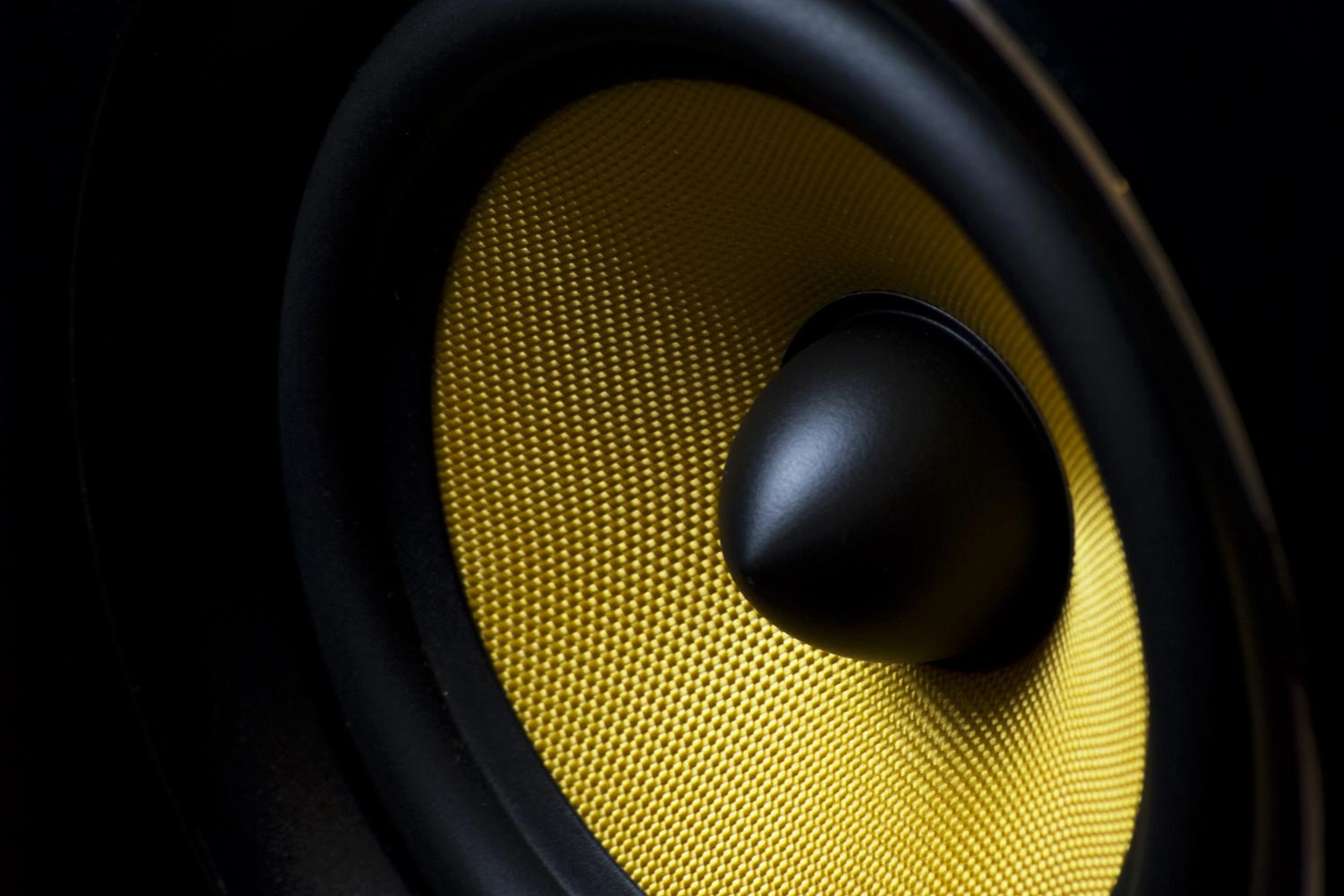Words aren't responsible for people using them without precision (and people will do that for many reasons). To clarify meaning we have dialog, using words. Some (but not all) people with high numerical aptitude/skills have inadequate (relatively speaking) verbal/textual skills, of course. That is a shortcoming when communicating with them for sure, but a preference for numbers is just that.
If we had concise, useful metrics for imaging and spaciousness then we'd no doubt use them as well. But we don't, so words are more useful than the metrics we don't have. The loudspeaker listening and preference research from Harmon often cited here—which is undoubtedly valuable—was basically applying controls and statistics to collection of subjective listening impressions.
My personal comment about your last paragraph is to say: "just because we don't have a consistent metric for something doesn't mean it's not real".
Having said that, pushing for proper measurements whenever possible is of course better than not doing it!


